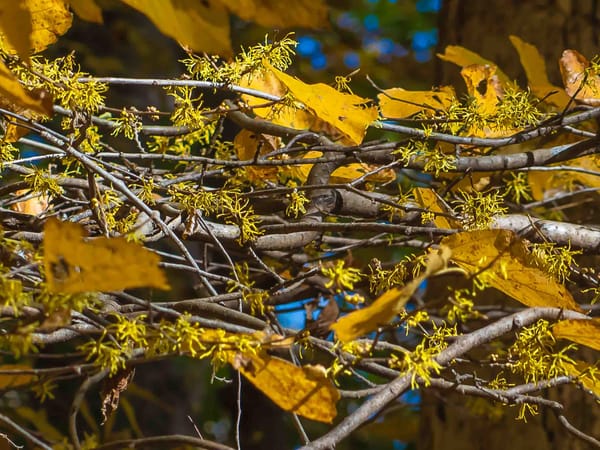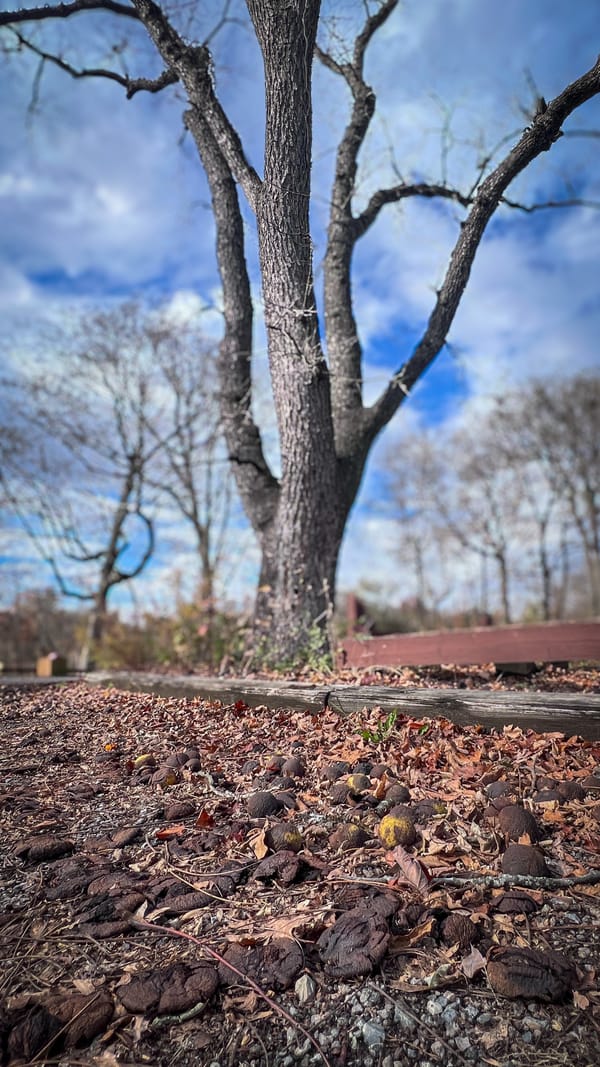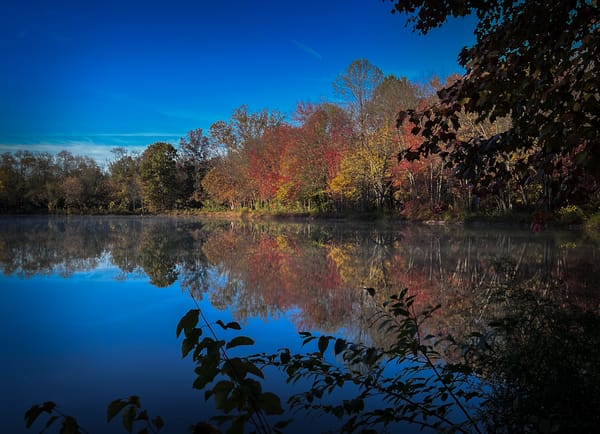Tyrants!
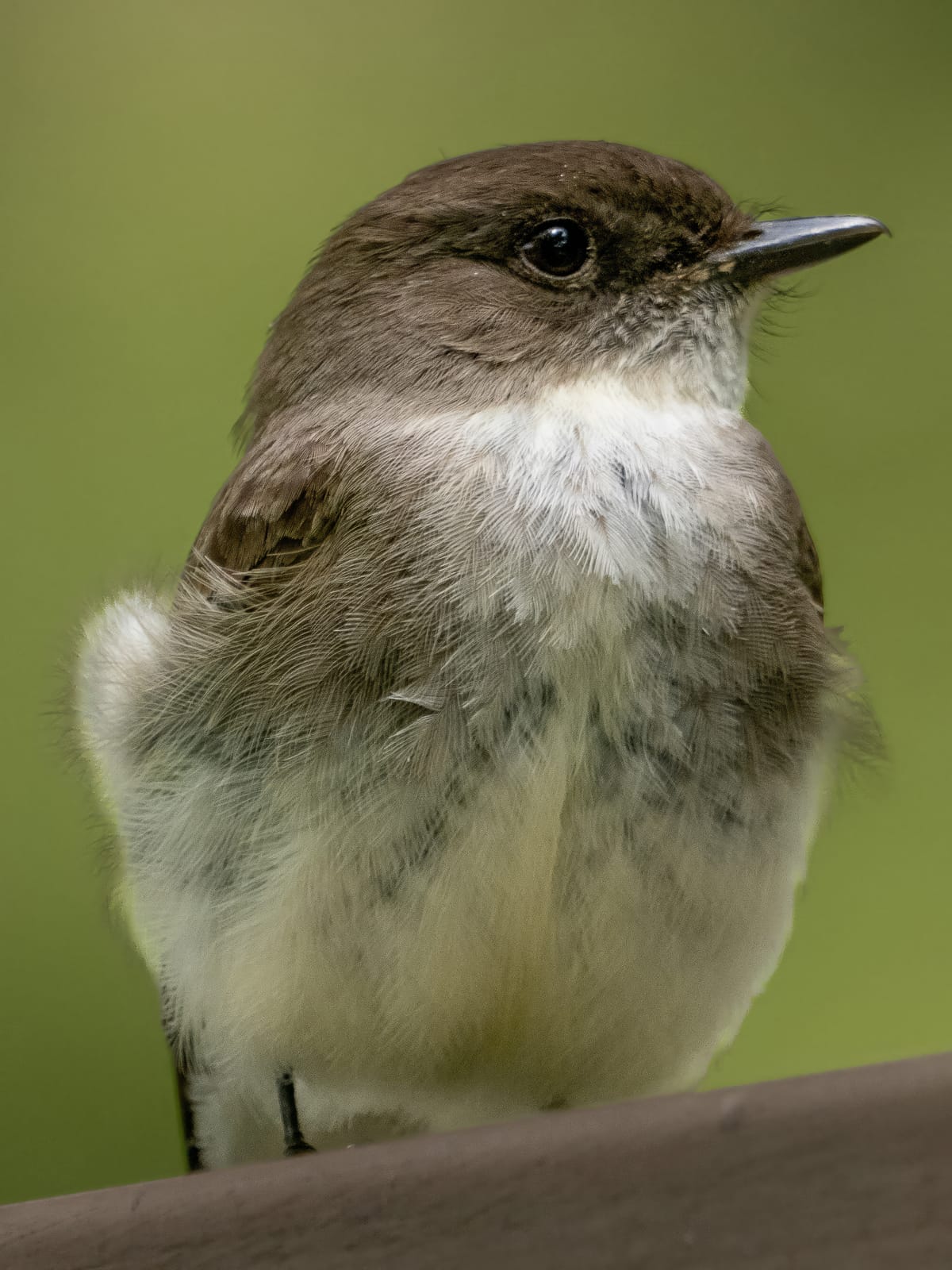
Tyrant flycatchers are so called because they are, well, tyrannical, jealously guarding their territory from interlopers.
Possessing keen eyesight for spotting insects and judging distances, flat, wide bills perfect for catching prey, and whisker-like bristles around their mouths likely aiding rapid course corrections, flycatchers are formidable hunters.
Flycatchers have their hunting specialties. When hawking a flycatcher perches alert for insects and darts out to snatch them out of the air with its beak. When gleaning flycatchers hover near foliage to pick their prey off of vegetation. Some mostly stick to one method, some use both.
Our local flycatchers are not particularly colorful making them less visible to prey and predators like hawks (and photographers).
Since many flycatcher species look alike they recognize their own by sound. Studies suggest they are born knowing how to make their their specific calls, unlike most other birds that learn songs from adults.
Flycatchers winter in open and forested habitats along the Gulf Coast, Caribbean Islands, and in Central and South America.
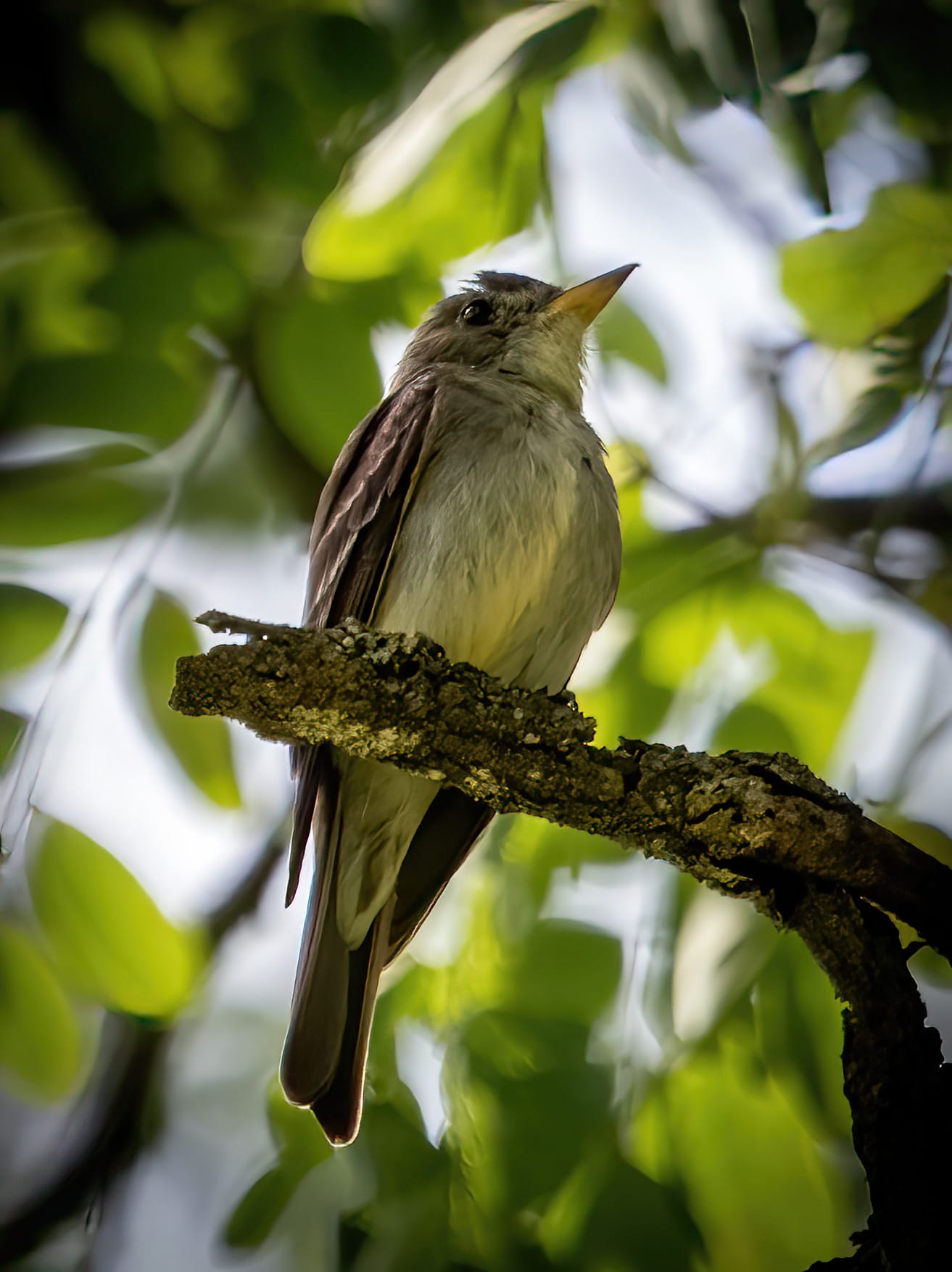
Eastern Wood-pewee (Contopus virens)
Drab, olive-gray, sparrow-sized bird arrives in May, named for the male's distinct "pee-o-wee" call. Pewees perch patiently at around 35 feet while hawking for flies, beetles, small wasps, and moths.
Males defend territories of 2 to 6 acres. The compact cup nest is woven from plant matter, hairs, and spider silk, with lichens on the outside, resembling a larger hummingbird nest.
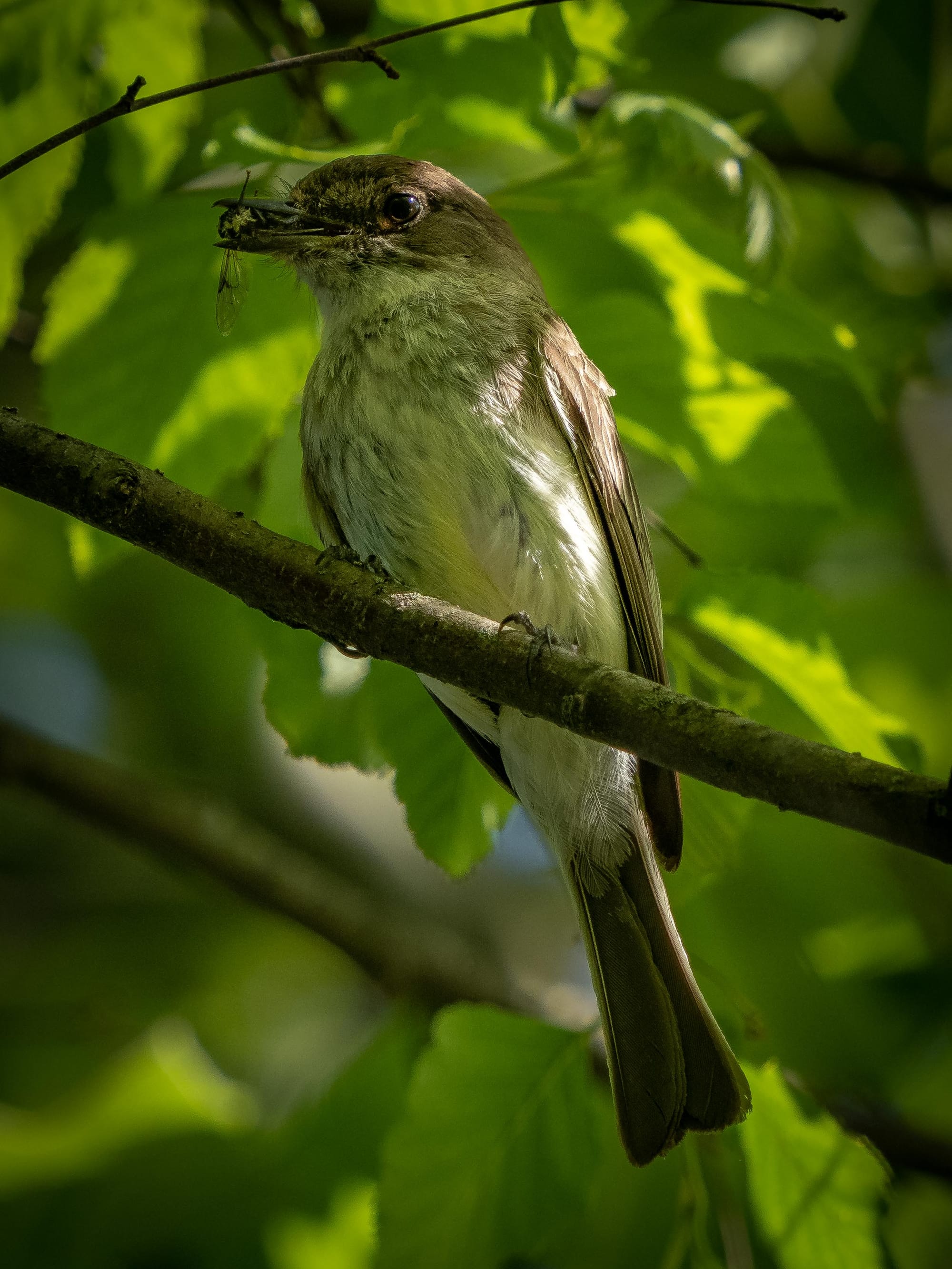
The usual clutch of three eggs hatch in 12-13 days. Both parents feed the young, who fledge around 14-18 days later. Blue jays are major predators. We can hear the wood-pewees song through September when they migrate wintering in the tropics from Panama to Bolivia.
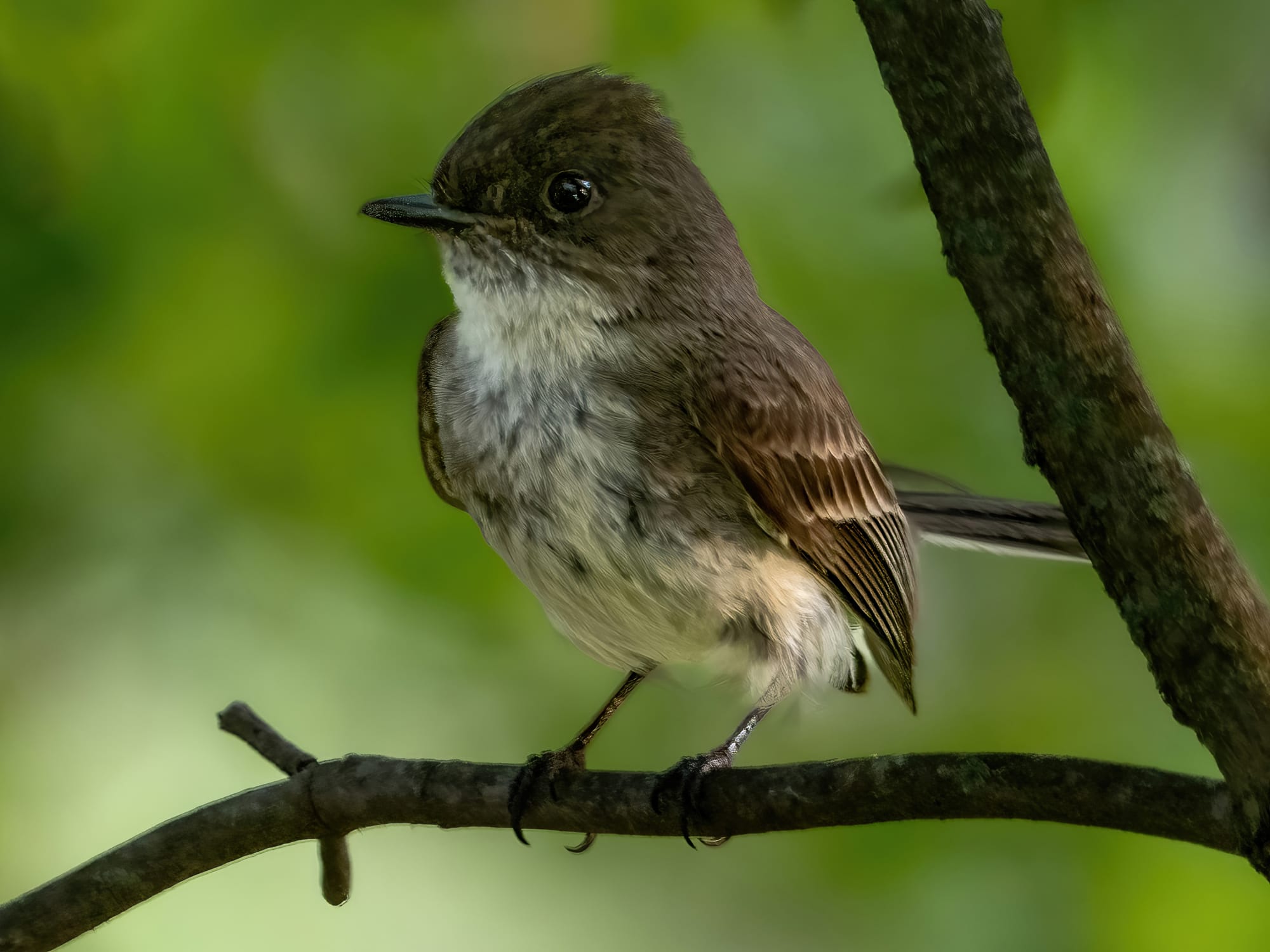
Eastern Phoebe (Sayornis phoebe)
The Phoebe is our heartiest flycatcher, arriving in March announcing themselves with continuous fee-bee calls and tail flicking. They are familiar birds who seem to be used to having people around. They build their nest of mud, moss, leaf, grass, and hair nest under sheltered spots. There was a Phoebe nest in the stage at the park for several years unfortunately someone removed it. A pair may reuse a nest for several years.
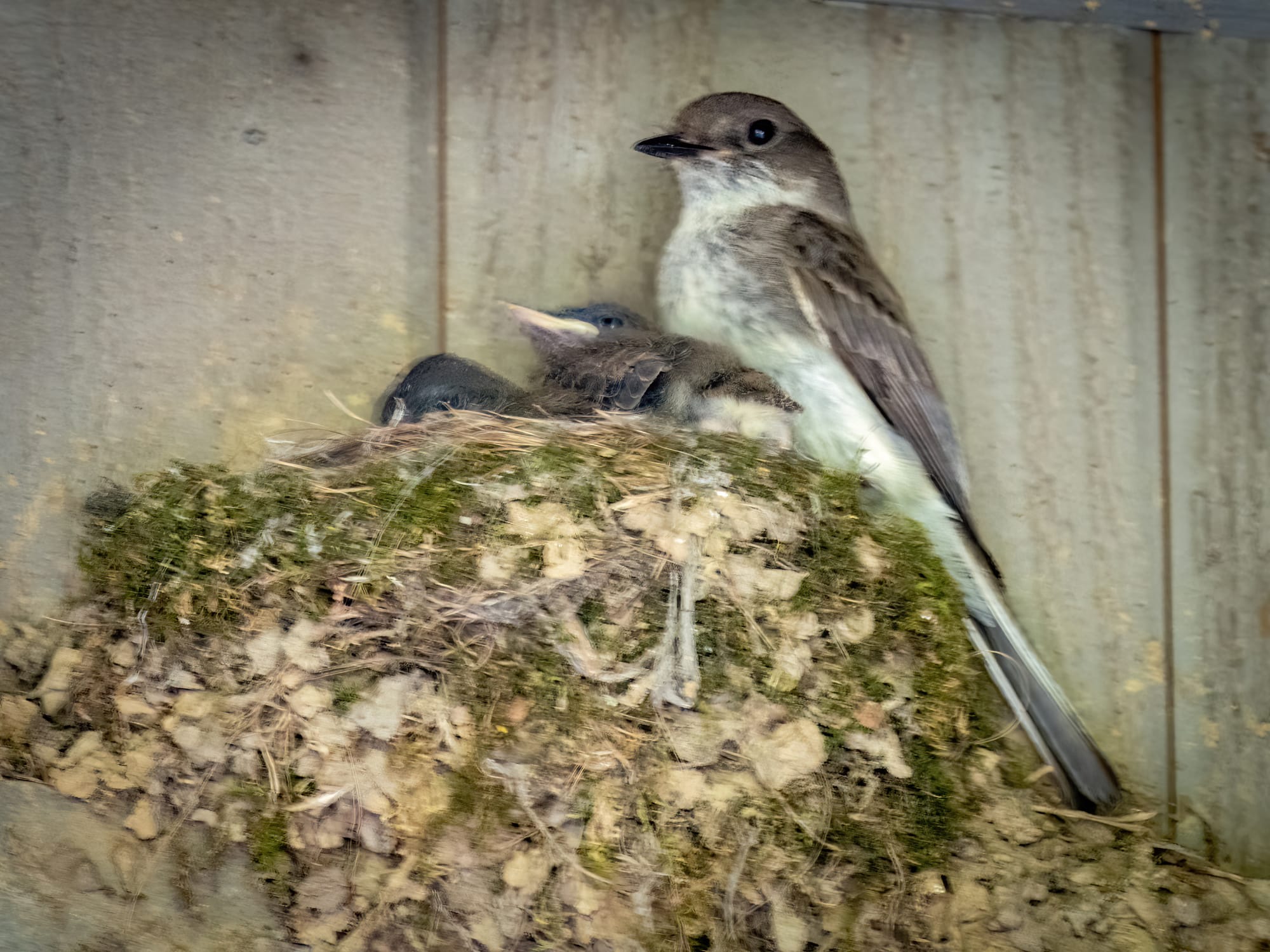
The four or five eggs hatch in 16 days and nestlings fledge around 16 days after. This short turnaround lets them raise two broods per summer. By the end of October they're off to winter in the Gulf states and Mexico.

Great Crested Flycatcher (Myiarchus crinitis)
I know others have spotted or heard the great crested flycatcher many times at the park but I've only been able to get one lousy picture. It's the largest flycatcher we'll see at the park at 8-9 inches long, with a yellow belly, gray breast, and rusty red tail and wing feathers and a head crest they show when agitated.

They are hawkers and gleaners feeding in treetops on caterpillars, katydids, crickets, beetles, spiders, moths, butterflies, bees, and wasps. The call is a loud wheep! They build nests in cavities and apparently include shed snakeskin or cellophane as a possible deterrent to predators. They show up in late April and head south in september for wintering grounds in southern Florida and from Mexico to Colombia.

Eastern Kingbird (Tyrannus tyrannus)
Kingbirds arrive in April and are easy to spot perched on trees near the ponds. These domineering birds are 8 inches long, dark gray and white with a white-tipped tail and a small red streak on the head. Kingbirds will dive bomb crows, hawks, and owls and may tumble a bit in a display of triumph once they drive them away.
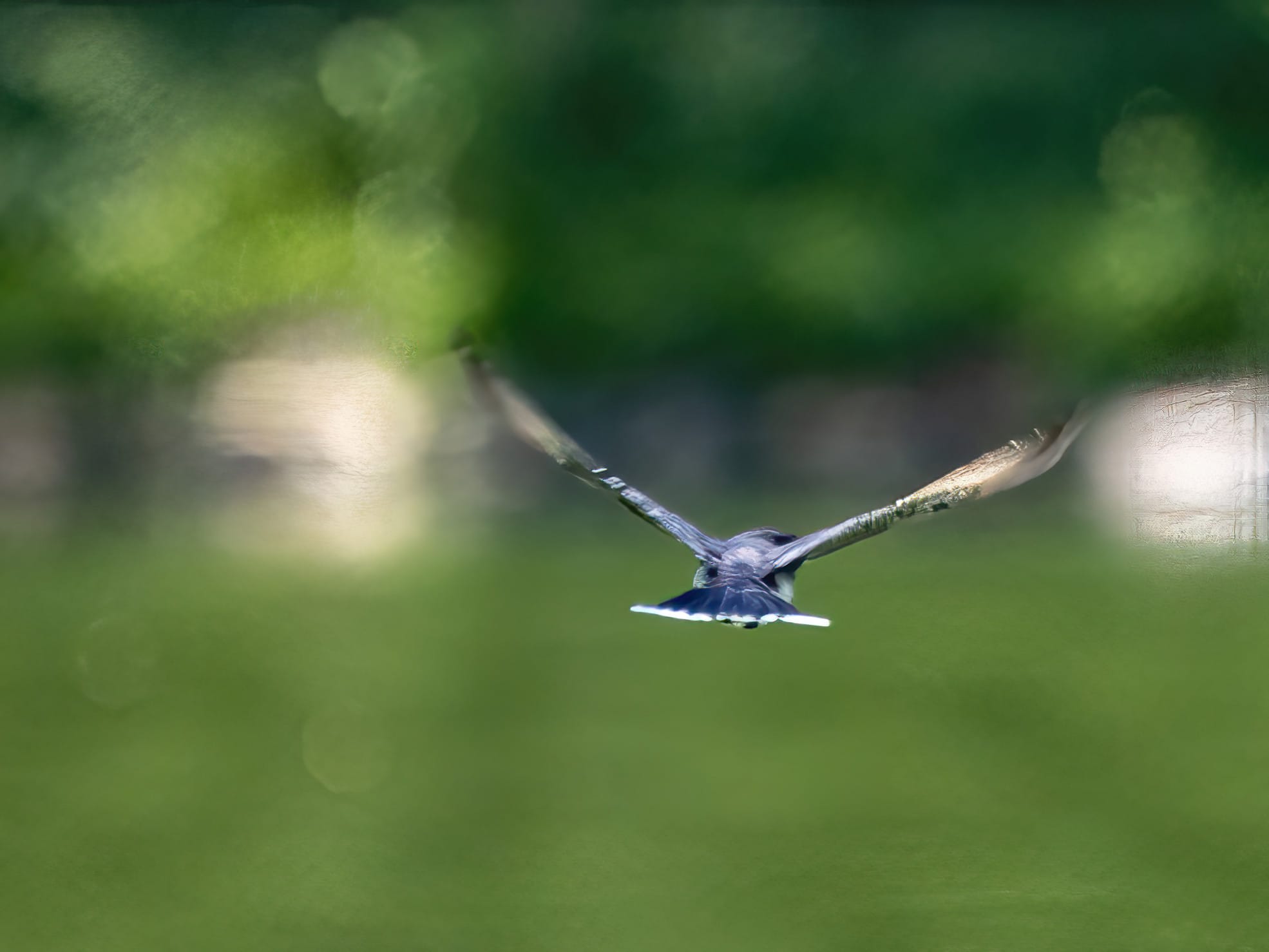
I often see them hawking for beetles, wasps, bees, winged ants, grasshoppers, honeybees, and many other insects.

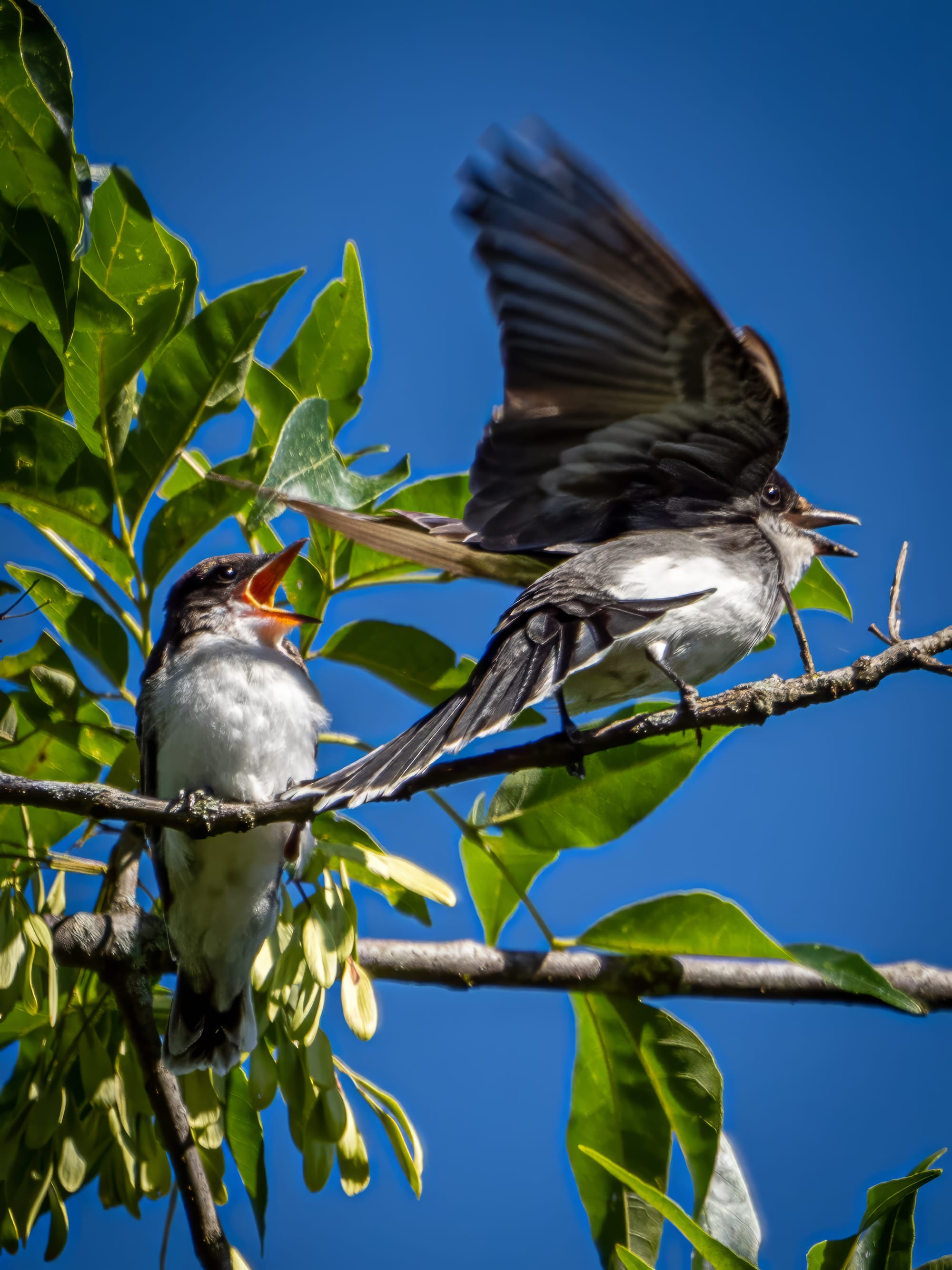
They build a substantial cup nest from 7 to 30 feet high in a tree. Two to five eggs hatch after 16 days. Both parents tend nestlings, that fledge in around 17 days. The fledglings may be spend the next month being fed by their parents (privileges of royalty I suppose?). Kingbirds depart for their wintering range by September.

